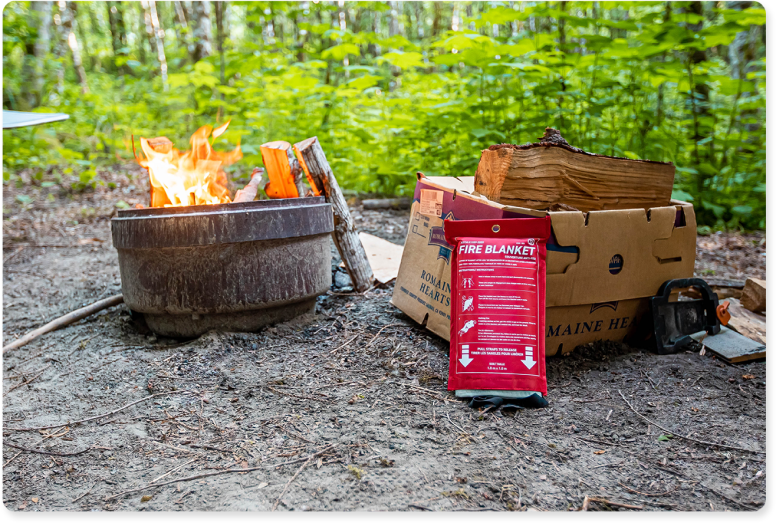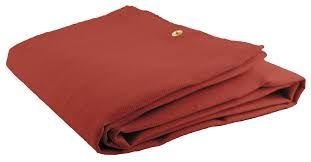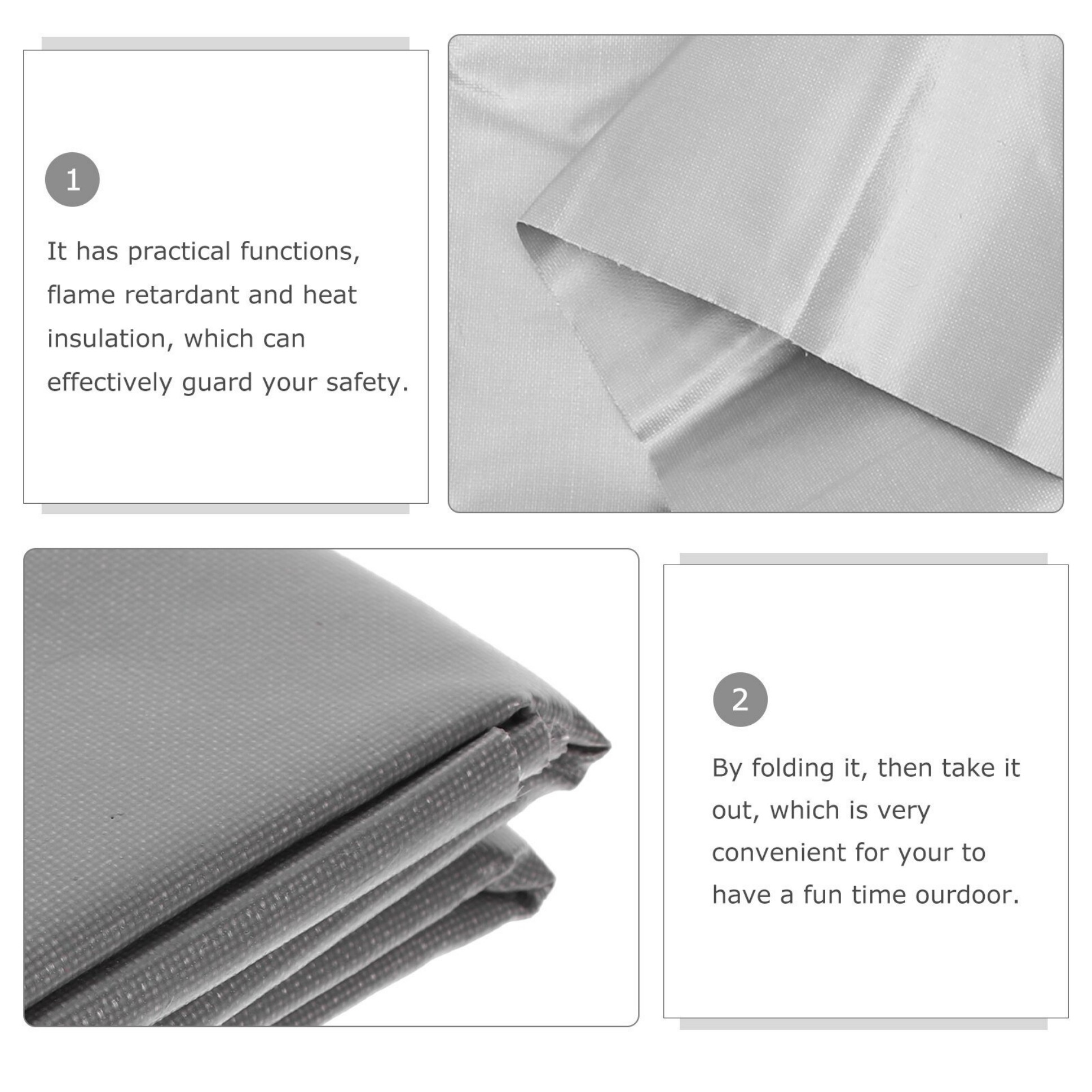Kevlar Fire Blanket: Ultimate Protection Against Flames and Heat
Summary:A Kevlar fire blanket provides superior flame resistance for emergencies. This guide explains how it works, its advantages over standard blankets, proper usage techniques, and maintenance tips for optimal safety performance.
What Makes Kevlar Fire Blankets Special?
When you need reliable fire protection, a Kevlar fire blanket outperforms traditional fiberglass or wool versions. Kevlar's unique molecular structure gives it exceptional heat resistance - it won't melt until reaching 800°F (427°C) and can briefly withstand temperatures up to 1,500°F (816°C).
Unlike ordinary blankets that might catch fire themselves, your Kevlar fire blanket smothers flames by cutting off oxygen supply while resisting direct flame contact. The aramid fibers provide strength without adding bulk, making storage easy in kitchens, workshops, or vehicles.
Key Applications Where You Need Kevlar Protection
You'll find Kevlar fire blankets essential in these scenarios:
- Kitchen fires:Quickly smother grease fires that water would worsen
- Electrical equipment:Safely cover sparking devices without conducting electricity
- Industrial settings:Protect workers from welding sparks or molten metal splashes
- Emergency kits:Compact enough for disaster preparedness bags
Proper Usage Techniques for Maximum Effectiveness
To use your Kevlar fire blanket correctly:
- Pull the tabs to remove from its pouch without touching the burning material
- Hold the blanket like a shield between you and the fire
- Gently place over flames, starting from the nearest edge
- Leave in place for at least 15 minutes to ensure complete cooling
Remember - never throw the blanket, as this can fan flames. For clothing fires, have the person stop, drop, and roll first before applying the blanket.
Maintenance and Care for Longevity
Your Kevlar fire blanket requires minimal maintenance but follow these tips:
- Inspect monthly for tears or discoloration
- Store in its original container away from direct sunlight
- Clean only with compressed air - never wash with liquids
- Replace after any use or every 7 years (even if unused)
Why Choose Kevlar Over Other Materials?
Compare Kevlar to common alternatives:
| Material | Max Temperature | Weight | Reusability |
|---|---|---|---|
| Kevlar | 1,500°F | Light | Single use |
| Fiberglass | 1,000°F | Heavy | Single use |
| Wool | 750°F | Bulky | Reusable |
While wool blankets can be reused, their lower heat resistance makes them unsuitable for serious fires. Kevlar offers the best balance of protection and practicality.
Frequently Asked Questions
Can I use a Kevlar fire blanket on a person?Yes, but only after they stop moving (stop, drop, roll). Moving while wrapped can fan flames.
Does it work on electrical fires?Absolutely. Kevlar is non-conductive, making it safe for electrical equipment fires when the power is off.
How many times can I reuse it?Kevlar fire blankets are designed for single use. After exposure to high heat, the fibers degrade and won't provide full protection.
Final Safety Recommendations
While your Kevlar fire blanket handles small fires effectively, remember these safety rules:
- Always call emergency services for any fire
- Position yourself between the fire and an exit
- Train all household members in proper usage
- Keep multiple blankets in large spaces
Investing in a quality Kevlar fire blanket gives you peace of mind with superior protection. Its lightweight yet durable construction makes it an essential safety tool for any environment where fire risks exist.







